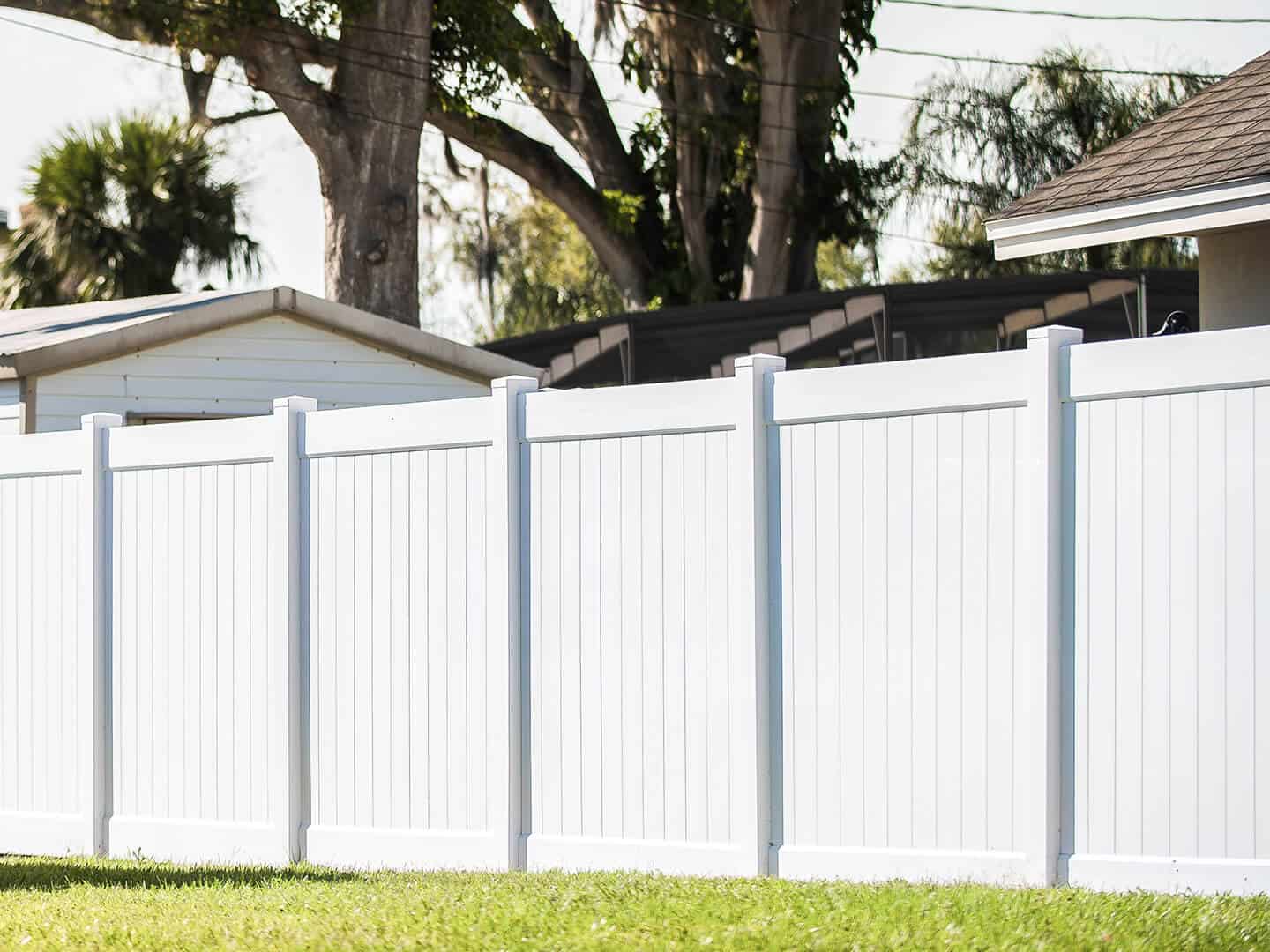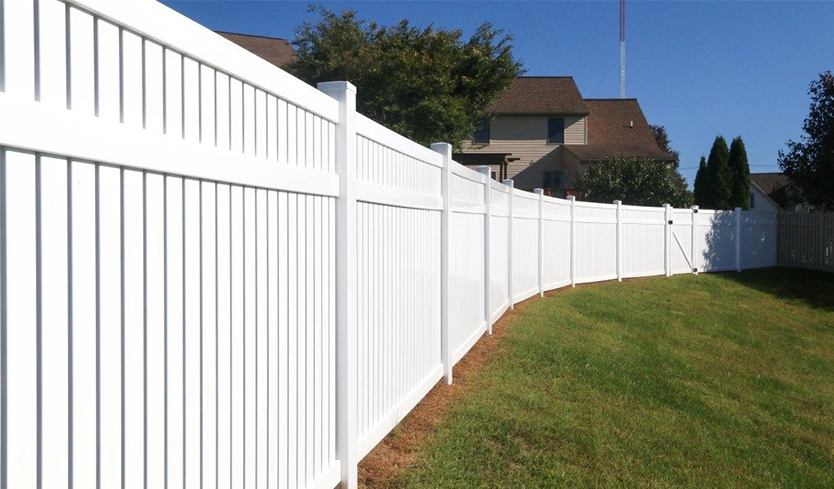Spring Home Design: Loom House on Bainbridge Island weaves design and sustainability into a one-of-a-kind tapestry of connections
WE ARE NOT likely to dwell extended on the “before” of this tale. We could — this 1968 Bainbridge Island attractiveness stood sturdily for half a century as a traditional paragon of style and design, craftsmanship and the Pacific Northwest itself — but it is the “after” that weaves inspiring threads of link, comfort and ease, mother nature, sustainability and household into a harmonious dwelling compared with any other on the planet.
Officially.
This matchless “after” is known as Loom Residence, the initially renovated home everywhere to reach whole Living Making Problem (LBC) certification, which suggests it has achieved 7 supremely arduous foundational benchmarks — “petals”— of sustainability: Place, Electrical power, Water, Health and fitness & Joy, Materials, Equity and Splendor. (Heron Corridor, also on Bainbridge — obviously an island of forward-pondering building and residing — is LBC-licensed, also, but it was constructed from scratch.)
Just as drastically, only Loom House is inhabited by Karen Hust and Todd Vogel, who bought this “well-cherished and -cared for, but not updated” home (at first intended by Northwest architect Hal Moldstad), envisioned rigorously renovating it for electricity-efficiency — and in the delighted aftermath established a stratospheric regular of inexperienced living that has enriched their everyday existence, and could (need to) inspire a world wide renovation revolution.
“When we realized we were being heading to do a renovation, we preferred it to be as environmentally friendly as feasible. But we didn’t know what was achievable,” Hust says. “We understood there were plenty of requirements out there, and we thought, ‘Well, specifications are amazing, due to the fact if you meet up with just one, individuals will hear about it, and issues will be handed together, with any luck ,. And then we learned about the LBC … and despite the fact that it appeared like a really hard bar, we thought, ‘This will be so practical and efficient as a software if we go for it.’ We have been psyched from the get-go.“
That was enormous. (But their stunningly groundbreaking house is not: 3,200 square toes break up concerning a southern primary residence and a northern guest and place of work place, linked by an expansive, wow-would-you-glimpse-at-that-check out outside deck.)
“My No. 1 secret for the results of a Living Making is owner commitment. That’s it,” claims architect Chris Hellstern, the LBC providers director at The Miller Hull Partnership (the corporation powering Seattle’s LBC-qualified Bullitt Middle). “I assume this venture acquired accredited due to the fact the proprietors were being definitely invested. I really don’t know that you could make it by means of this course of action with persons who had been ‘talked into it.’ ”
As Hust and Vogel eagerly deepened their LBC understanding and their link to the house and the essential character all around it (all the while documenting the historic task, and the depth of their motivation, on their magnificent blog), Hellstern and the group that pulled together to pull this off — Clark Building Inc., inside designer Charlie Hellstern (who is married to Chris), Anne James Landscape Architecture, additionally a healthful handful of engineers and consultants — got to do the job cultivating petals.
The primary structure (all wood, no Sheetrock) “showed in good and undesirable ways,” states Justin Ansley of Clark Development — significant-quality lumber, hand-crafted craftsmanship, overall architectural “bones”: fantastic. Oddly modest rooms, places of asbestos, an overabundance of bunk beds but no genuine entrance: not as considerably. “It was a serious challenge to determine out how to infill and develop a restricted, present day, vitality-successful making, but for the reason that of that, the superstructure is still there, and that is a good deal of the look that every person loves so significantly.”
As those not-so-beloved dividing partitions arrived down, Vogel remembers, Ansley pulled out a piece of lumber and explained, ” ‘This is very first-advancement. I could not obtain a piece of lumber this solid.’ And he then would change all over and locate a spot to use it in the wall. A single, that is great for reuse, and two, it aids us comprehend what’s likely on powering the walls and gives us relationship to the really like and treatment that individuals put into constructing this location.”
In itself, design as a result of renovating, rather than razing and rebuilding, is like gardening with starter vegetation in its place of seeds: You get a very good head-start off toward a little something superbly eco-friendly. “There’s definitely an embodied carbon benefit to that, and Todd and Karen have reaped that,” says Chris Hellstern. “We absolutely see that as we reuse elements, we’re not getting to make new merchandise that are plastic. Also fewer substances of issue. So over-all, from a materials and world-wide-warming-reduction standpoint, it can be actually environmentally advantageous.”
As Loom Home blossomed into a showcase of regenerative design — with new insulation just-ideal ventilation, lights and local climate command triple-paned home windows an underground cistern that captures more than enough water for year-round self-sufficiency a new carport for electric-vehicle charging Purple List chemical-no cost furnishings, furnishings and constructing components 16 kWh of photovoltaic panels a backup battery technique instead than a disturbing-the-peace generator existence-affirming mother nature all all around — the rewards multiplied. Even beyond all the awards and accolades Loom Dwelling has garnered.
Monetarily and environmentally, Hust and Vogel fortunately accumulate checks from the electricity enterprise at the conclude of the year. “It’s great to feel like we’re capable to harvest ample electrical power that we can be section of the community but not automatically using any much more than we have to have,” claims Hust. (Vogel reports their premier utility bill is for their cellphone.)
Spiritually and environmentally, Hust says, “The proportions of the house and the beautiful home furniture absolutely assist with reduced worry ranges. It has areas that perform for us, and the units function so perfectly, that it gets to be a unconscious satisfaction to be in this article.” Provides Vogel: “Ambiently, we’re truly at ease, in conditions of air temperature and that type of factor. But also, we have a link to character with our home, and we have now observed that there’s a place to go check out listed here, and heading out into that area and doing that exploration in itself lowers strain.”
Usually, it all will come back again to mother nature. And this harmonious dwelling. And its individual vital “after” consequences.
“It form of hit us that we had been shifting in this article to be in the vicinity of our niece,” Vogel states. “And what perception did it make to shift below to be in close proximity to our niece and establish a house in a way that torched her long term?”








